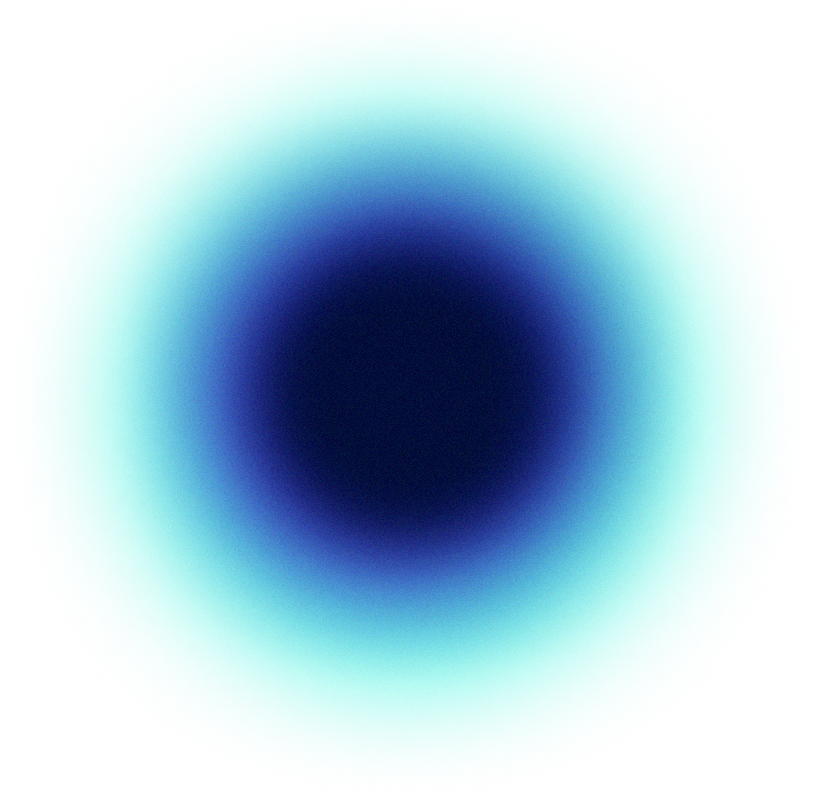GPCRs encompass the largest family of receptors and regulate physiological processes in nearly every organ system of the human body
- ~800 human GPCRs
- ~100 GPCRs expressed on each cell in the body
- Regulate physiologic processes in nearly every human organ system








